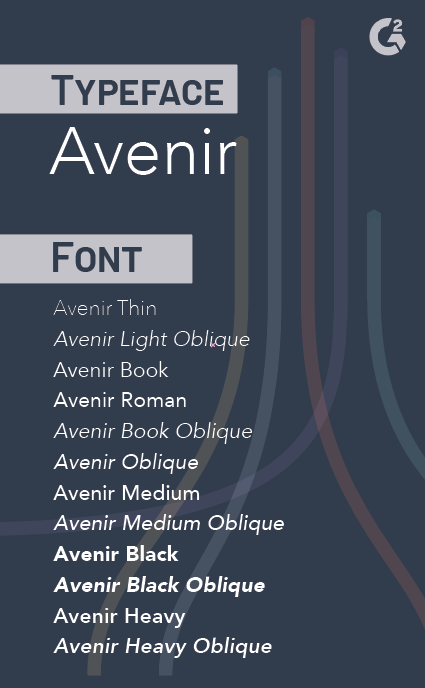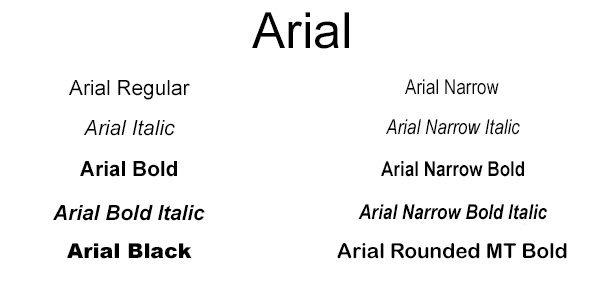

The front cover promises more principles, examples, exercises, type crimes (sic), fonts, factoids and fun. Billed as a “critical guide for designers, writers, editors and students”, my first concern might have been that the book might be text-heavy (understandably for a book about fonts and typefaces), and somewhat dry. For other type nerds, understanding the difference between font and typeface will be a useful tool in future projects.Part of this determination was to buy the highly recommended Thinking with Type by Ellen Lupton. While it might be true that the more digitally driven design becomes, the more the terms “typeface” and “font” can be used interchangeably, the distinction between the two will always be relevant in specific cases. Whether someone is new in the design world, or is just eager to learn more about design, understanding the difference between typeface and font can aid in success for future design projects. In short - and for purposes of this article- typefaces are used in brands and/or brand books. When doing this, you’re selecting the font. When creating a new logo for a brand, more often than not, the logo will use a single character style out of the typeface selected. “If a logo is a molecular view of a brand, a font is a molecular view of a typeface.” This requires considering what typeface(s) will represent the new brand. Ideally, there will be a diverse set of font styles utilized. Have you ever built a brand book? Generally, the brand should be able to “live and breathe” – in other words, having versatility within its system. One area we often use this distinction is in brand initiatives. It’s easy to get caught up in concepts and theoreticals, but you might be asking yourself, “how does this fit into a real project?” A font within that typeface would be italic bold. Gotham is the structure that holds all of the fonts within it together.

Some are bold, some are italic, some are condensed, and some are a combination of other variations, but they all belong to the same typeface.Īs a real-world example, take the typeface Gotham. While the individual branches share similar characteristics, they are all slightly unique in size and structure. The typeface (tree) provides the structure where all of the fonts (branches) exist and inherit their form. The fonts, in this case, would be the branches. The typeface is the main support and/or structure – the tree. Font refers to a particular style of glyph or character within the typeface.Typeface refers to the overall set or family of font styles.The difference between the two lies in (possibly) the most “designer-y” word in the design dictionary – Hierarchy.

What's the difference between Font and Typeface? For my fellow typography nerds, however, the difference is not only important, but a useful – if seldom used – tool in the designer’s tool box.įor someone who is new to design or hasn’t had the opportunity to spend time studying type, it could be easily overlooked that there is a distinction between the two. Some people think that it started becoming a redundancy when we stopped using blocks of lead and wood to form sentences.

At first glance there’s an unspoken debate on whether the distinction between a typeface and a font is even relevant in today’s digital age.


 0 kommentar(er)
0 kommentar(er)
